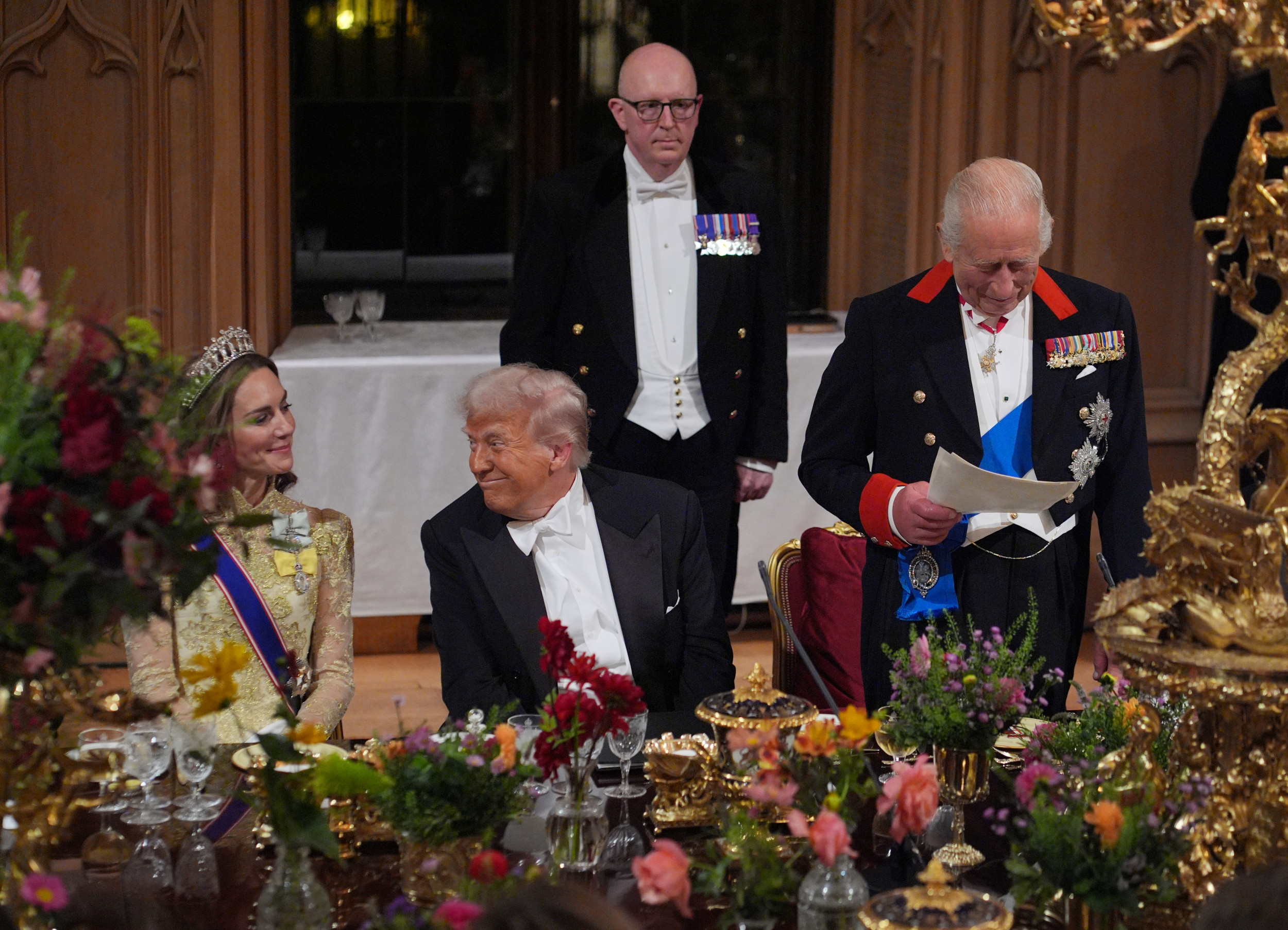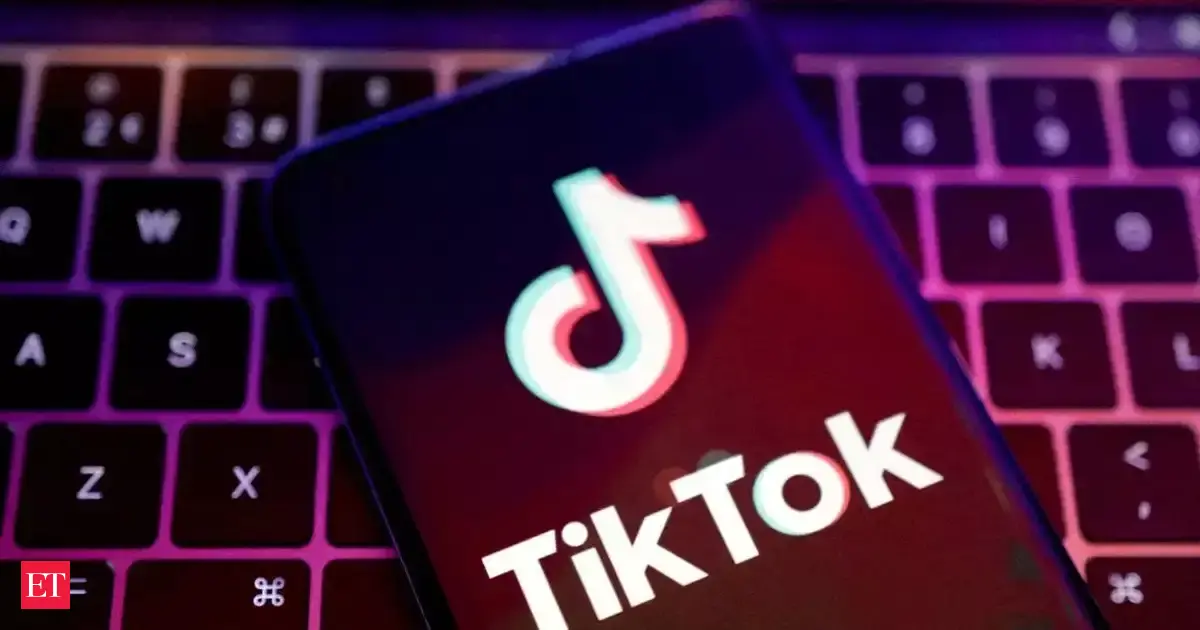
An image of President Donald Trump eating spaghetti during King Charles III’s speech at the grand state banquet at Windsor Castle in the U.K. on Wednesday has gone viral, being viewed millions of times online.
Why It Matters
Trump is currently on a second state visit to Britain, marking a historic moment for the president.
On Wednesday, he and the first lady attended a state dinner at Windsor Castle, where King Charles III paid tribute to the alliance between the U.K. and the U.S.
Then on Thursday, he went to Chequers, the county manor which belongs to a sitting prime minister, and met with the U.K. Prime Minister, Keir Starmer.
What To Know
The viral photo was posted by the account Raw Egg Nationalist, who has more than 290,000 followers online.
In the photo, Trump is inelegantly eating spaghetti next to King Charles III, who is holding a piece of paper and speaking.
However, the photo is not real.
A community note has been added to the image, which reads, “The picture of Trump with a mouthful of spaghetti has been digitally edited. At no time during the King’s speech was Trump eating, and videos of the table show that there was no food on anyone’s plate at that time.”
The menu for the dinner has been published online, and it did not include spaghetti.
According to the BBC, the menu included three courses, which were: Hampshire watercress panna cotta with parmesan shortbread and quail egg salad, organic Norfolk chicken ballotine in zucchini with a thyme and savory infused jus, and vanilla ice cream bombe with Kentish raspberry sorbet interior with lightly poached Victoria plums.
The post was captioned, “I think this might be his greatest picture yet. There’s no way he beats this,” and has been viewed over three million times as of press time.
Memes about politics have been prominent online years, but edited images have become more common only thanks to the proliferation of artificial intelligence generated “deepfakes.”
This technology is often used to make images impersonating politicians and celebrities. A 2024 study from Google’s DeepMind found that the creation of images, video and audio materials which looked real but were fake, was nearly twice as common as the next highest kind of generative AI tool misuse, which was falsifying information using text-based tools.
Many people who replied to the post appeared to believe that the image was real, which is reflective of the fact that people often struggle to differentiate artificial intelligence deepfakes from real images.
A 2023 study from the University of Waterloo found that only 61 percent of people were able to correctly identify AI-generated images, which was below the anticipated 85 percent.
What People Are Saying
@sarahloonn, in a reply on X viewed over 39,000 times: “I thought this was AI first time I saw it.”
@Thetroublewit, in a reply on X viewed over 47,000 times: “Nothing great about this fake.”
@ex_nihilo_7, in a post on X viewed over 35,000 times: “The crazy part is he will. He always outdoes himself lol.”
What’s Next
The state visit has now come to an end, and Trump has returned to the U.S.



